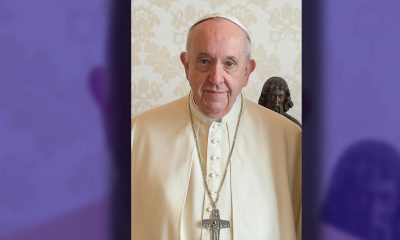Activism
COMMENTARY: Start Now to Take Back the Supreme Court
Thanks to the anti-democratic Electoral College, Donald Trump was elected in 2016 even though almost 3 million more Americans voted for Hillary Clinton. Republican Senate leader Mitch McConnell prevented the Senate from even considering President Barack Obama’s Supreme Court nomination so that Trump could fill it instead—and then rushed Trump’s third justice onto the court even as voters were casting ballots to remove Trump from office.
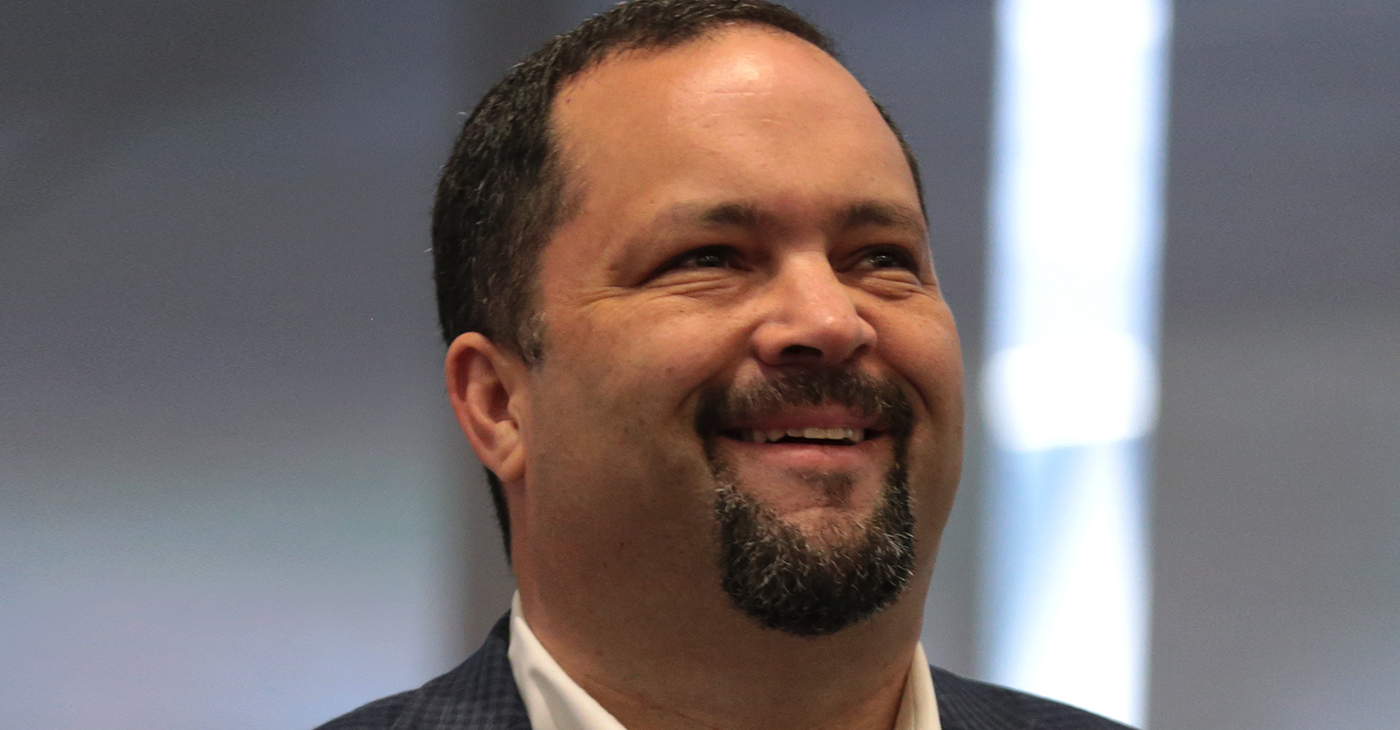
By Ben Jealous
Did you ever wonder whether elections really matter? Well, the Trump Supreme Court majority has answered that question for good.
Or, more accurately, they have answered it for bad.
In the term that has just ended, the new far right-wing majority on the Supreme Court went on a rampage. They have torn up decades of legal precedent to diminish Americans’ rights and legal protections. To justify the results they wanted, they lied in their rulings the way some of them lied to get on the court. It has been a shameful display of power politics disguised as judging.
Not surprisingly, the most attention has been paid to the Court majority overturning the 50-year-old Roe v. Wade decision. A constitutional right that has made a huge difference in the lives of generations of women was wiped away. The impact will be devastating and deadly.
Millions of individuals and couples dealing with unwanted pregnancies, the trauma of rape or incest, life-threatening pregnancy complications, or even a miscarriage that some intrusive government official decides is suspicious, will have their options severely limited or eliminated entirely.
We know that those restrictions and their consequences will fall most harshly on already vulnerable people, including Black people, LGBTQ+ people, people with disabilities, and low-income people. Already in Missouri, a major health care system will no longer treat rape victims with emergency contraception because the state abortion ban puts medical care providers at legal risk.
Anti-abortion state legislators seem to be in competition to see who can pass the most extreme, intrusive, and controlling laws. Some are even trying to limit people’s right to travel from one state to another, targeting anyone who helps a person from a state that bans abortion get care in a state that permits it. It reminds me of the old fugitive slave laws that forced free states to help slave states deny people their freedom.
Unfortunately, overturning Roe is just one of the harmful decisions handed down by the Trump Court.
The Court intervened in voting rights cases to protect gerrymandering designed to limit Black voters’ access to political power. This comes on top of other rulings gutting the Voting Rights Act.
The Trump Court went after sensible regulation of guns. The far-right justices overturned a New York law more than 100 years old that required people to show a good cause to get a permit to carry concealed firearms.
Communities that are already suffering from the effects of gun crime are likely to experience even greater violence now that the court has robbed public officials of options and given the extremist pro-gun political agenda the power of law.
The court also further dismantled the separation of church and state, which protects religious freedom and preserves equality under law for people regardless of their religious beliefs. The Trump court took a wrecking ball to this pillar of American society. It is forcing states to divert tax dollars to religious schools, like some Southern states did when they funded white evangelical segregationist academies that emerged in resistance to the Supreme Court’s Brown v. Board of Education decision outlawing racially segregated public schools.
This court has made it easier for public officials, like teachers, to coerce students into prayer or other religious practices. This is a very clear threat to anyone whose faith is different from the one dominant in their community or state.
In other words, the U.S. Supreme Court, which we counted on for generations to uphold civil rights and tear down obstacles to equality, is now acting as an arm of the increasingly aggressive far-right political movement.
How did we get here?
Simple.
Thanks to the anti-democratic Electoral College, Donald Trump was elected in 2016 even though almost 3 million more Americans voted for Hillary Clinton. Republican Senate leader Mitch McConnell prevented the Senate from even considering President Barack Obama’s Supreme Court nomination so that Trump could fill it instead—and then rushed Trump’s third justice onto the court even as voters were casting ballots to remove Trump from office.
Behind Trump and McConnell was a massively funded, decades-long campaign to build the political power to take control of the judiciary.
In other words, winning the presidency and controlling the Senate gave the far right the power to force its harmful agenda on the American public long after voters rejected Trump. Taking the Court back from the extremists who now control it will be a long-term project. It starts with this year’s elections.
Ben Jealous serves as president of People for the American Way and Professor of the Practice at the University of Pennsylvania. A New York Times best-selling author, his next book “Never Forget Our People Were Always Free” will be published by Harper Collins in December 2022.
Activism
Oakland Post: Week of April 23 – 29, 2025
The printed Weekly Edition of the Oakland Post: Week of April 23 – 29, 2025
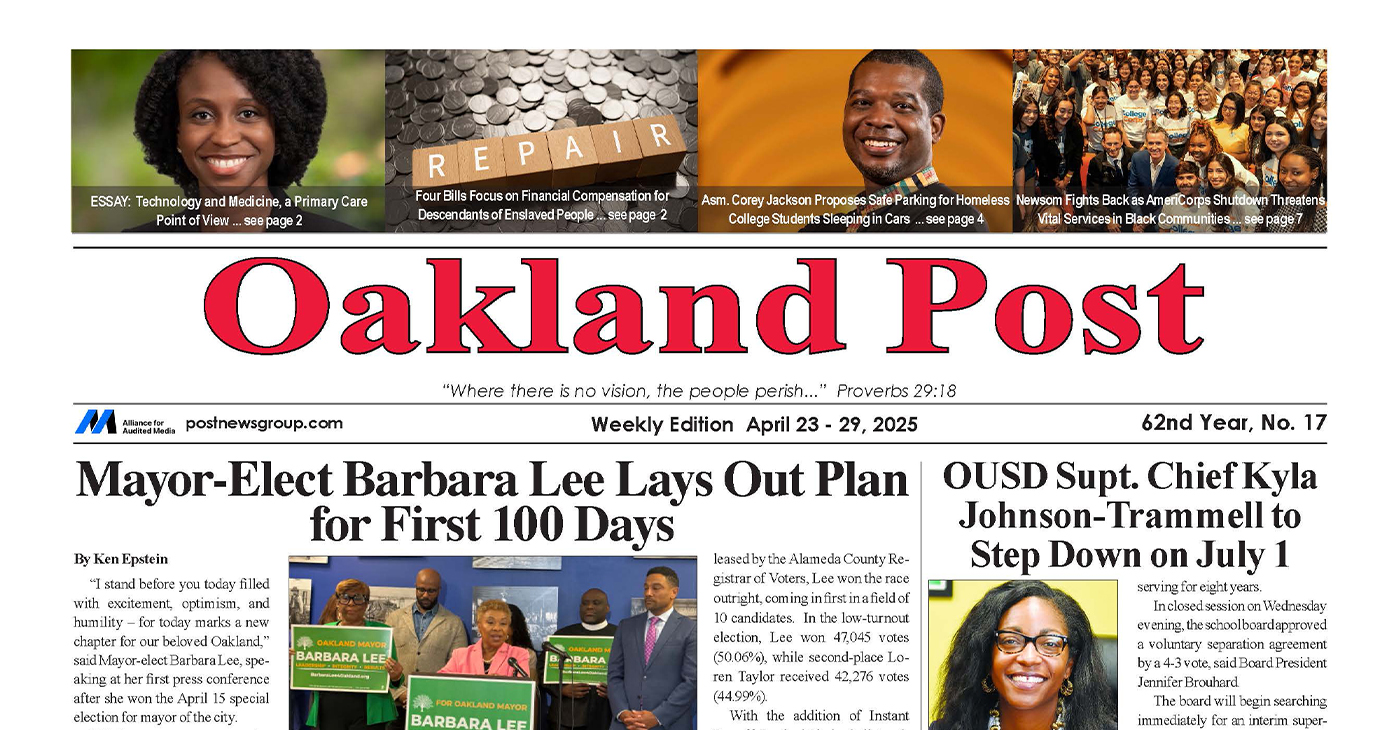
To enlarge your view of this issue, use the slider, magnifying glass icon or full page icon in the lower right corner of the browser window.
Activism
Oakland Post: Week of April 16 – 22, 2025
The printed Weekly Edition of the Oakland Post: Week of April 16 – 22, 2025

To enlarge your view of this issue, use the slider, magnifying glass icon or full page icon in the lower right corner of the browser window.
Activism
Oakland Post: Week of April 9 – 15, 2025
The printed Weekly Edition of the Oakland Post: Week of April 9 – 15, 2025
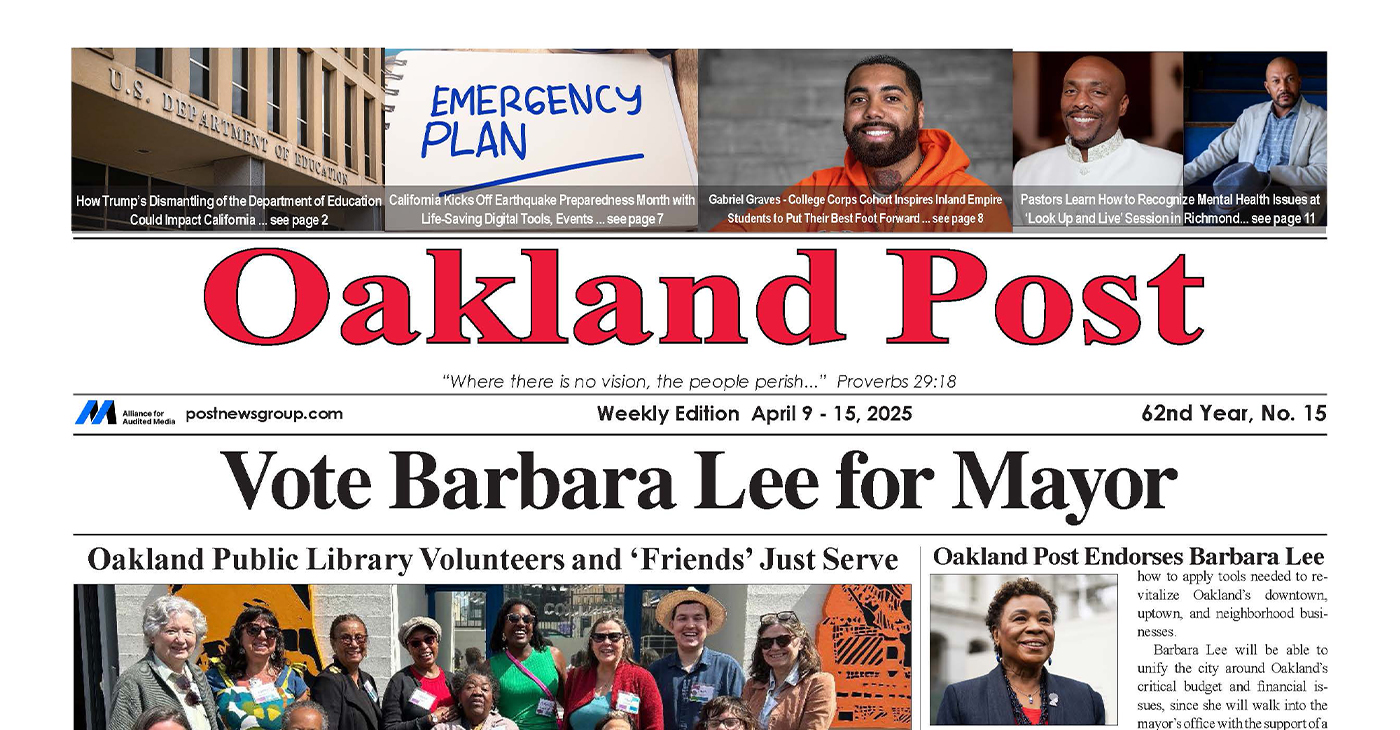
To enlarge your view of this issue, use the slider, magnifying glass icon or full page icon in the lower right corner of the browser window.
-

 Activism4 weeks ago
Activism4 weeks agoOakland Post Endorses Barbara Lee
-
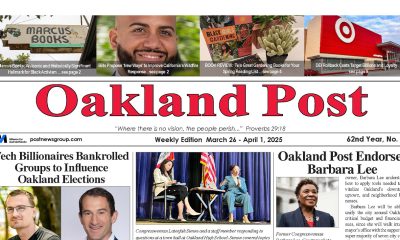
 Activism4 weeks ago
Activism4 weeks agoOakland Post: Week of March 28 – April 1, 2025
-

 Activism3 weeks ago
Activism3 weeks agoOakland Post: Week of April 2 – 8, 2025
-

 #NNPA BlackPress3 weeks ago
#NNPA BlackPress3 weeks agoTrump Profits, Black America Pays the Price
-

 Activism2 weeks ago
Activism2 weeks agoOakland Post: Week of April 9 – 15, 2025
-

 #NNPA BlackPress3 weeks ago
#NNPA BlackPress3 weeks agoHarriet Tubman Scrubbed; DEI Dismantled
-

 #NNPA BlackPress3 weeks ago
#NNPA BlackPress3 weeks agoLawmakers Greenlight Reparations Study for Descendants of Enslaved Marylanders
-

 #NNPA BlackPress3 weeks ago
#NNPA BlackPress3 weeks agoTrump Targets a Slavery Removal from the National Museum of African-American History and Culture


